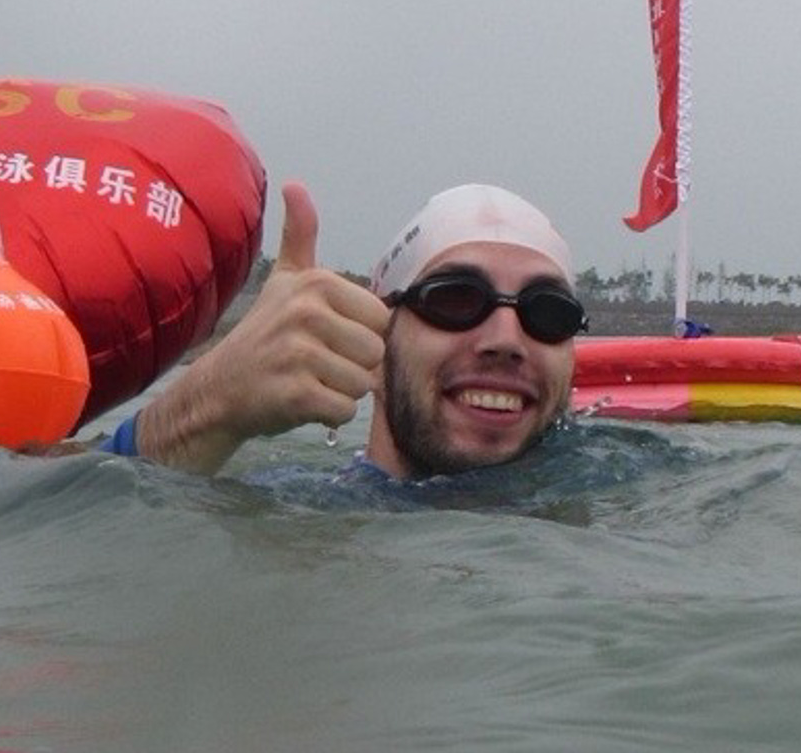Michael Jendryke, Dr.
I am the founder and lead innovator of GeoInsight.ai, where I work on discrete global grid systems (DGGS), spatial tokenization and GeoAI for heterogeneous spatial data. This site is my place to document what I learn about starting a business, coding in practice, and the occasional adventure outside the office.
